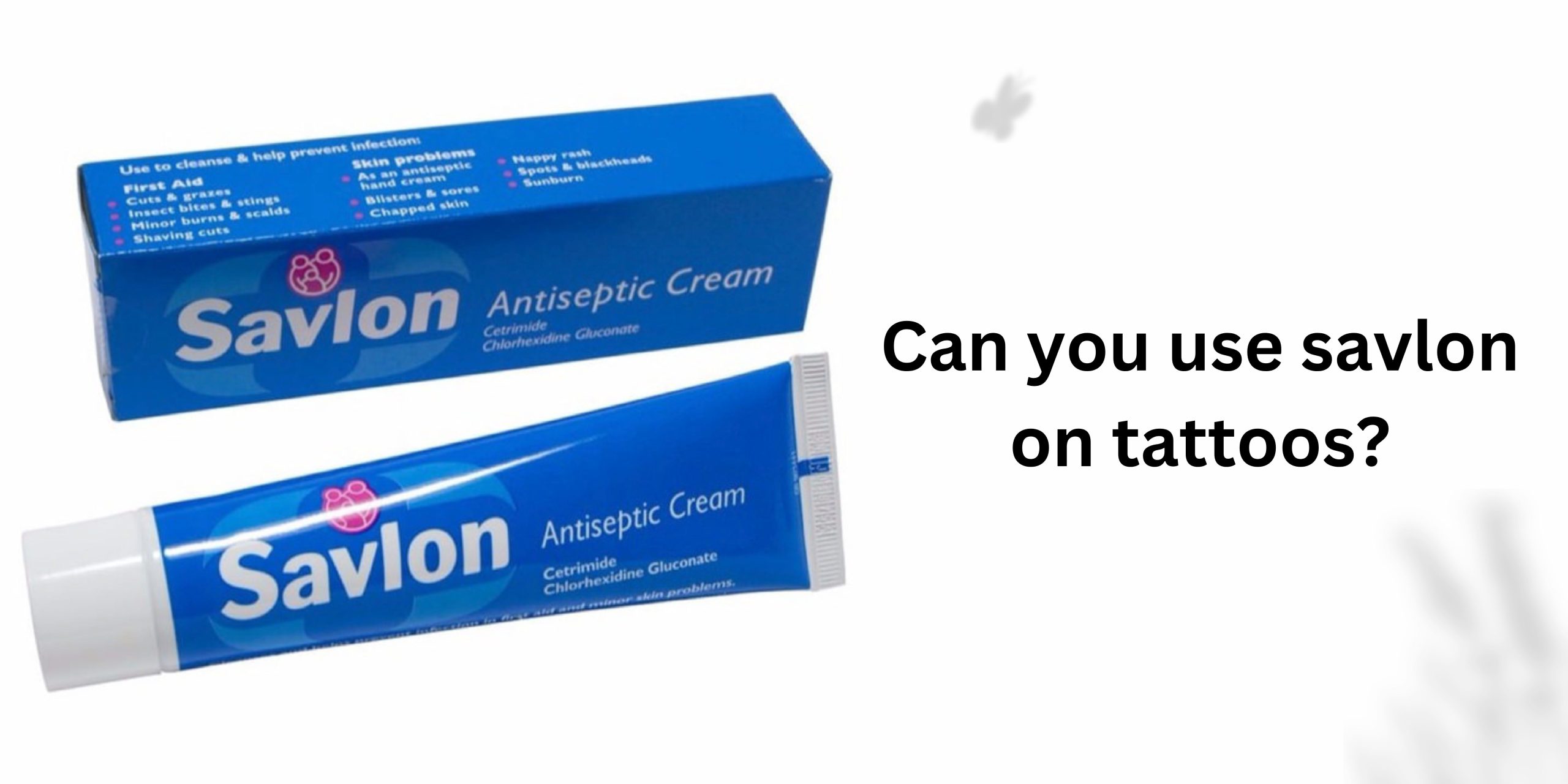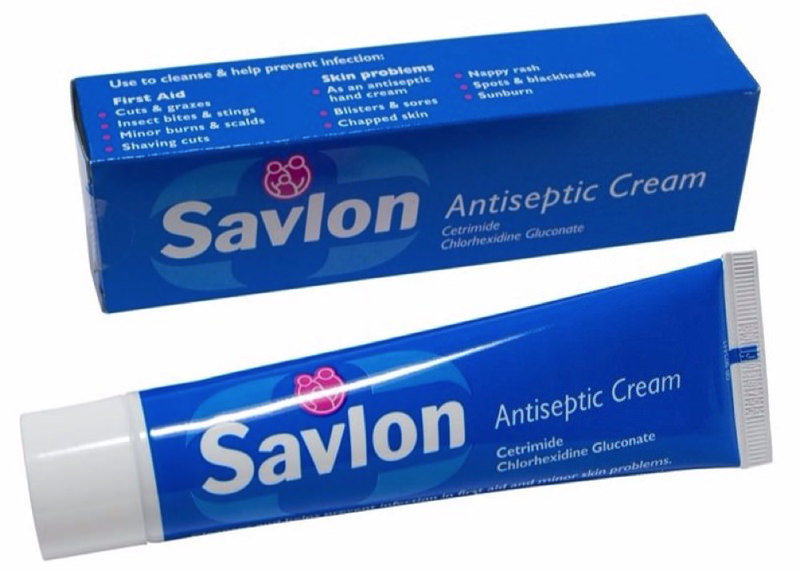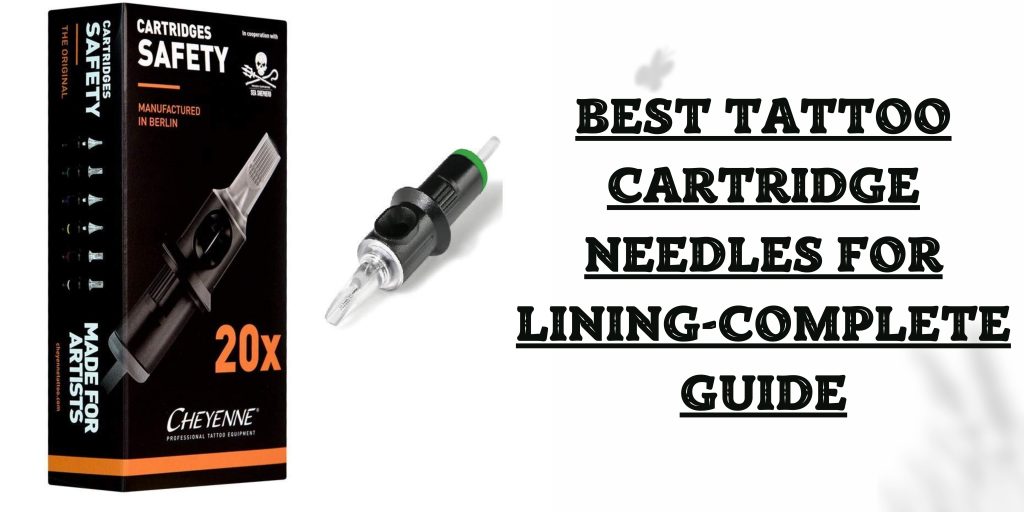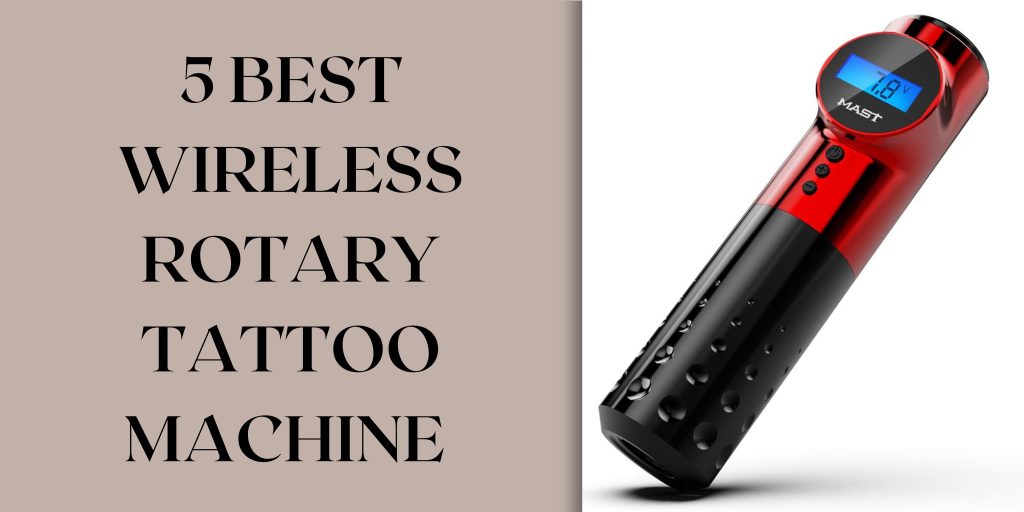Tattoos have become a significant form of self-expression, with people using them to commemorate special moments, express their beliefs, or simply adorn their bodies with art. However, getting a tattoo also comes with the responsibility of proper aftercare to ensure the longevity and health of the artwork. Among the many queries that arise during this aftercare process, a common one is, “Can you use Savlon on tattoos?”
What is Savlon?
Savlon is a well-known brand of antiseptic products that are designed for wound care and general skin hygiene. The brand offers a range of products that contain active ingredients, such as chlorhexidine gluconate and cetrimide, which are known for their antimicrobial and antiseptic properties.
Savlon products are typically used for cleaning and disinfecting minor cuts, grazes, burns, and other wounds to prevent infection. They help kill bacteria, viruses, and other microorganisms that can cause infections in damaged or broken skin. Savlon products are available in various forms, including liquid solutions, creams, and antiseptic wipes, making them convenient for different applications.
While Savlon is widely used for first aid and wound care, it’s not recommended for use on fresh tattoos, as its antiseptic properties may disrupt the delicate healing process of the tattooed skin, potentially leading to complications and adverse reactions. Instead, when caring for a new tattoo, it’s essential to follow the specific aftercare instructions provided by the tattoo artist, which often involve the use of gentle, fragrance-free soap and specialized tattoo aftercare products.
Read More: Can I Use Dove Sensitive Skin
Savlon Ingredients:
Savlon contains several key ingredients that contribute to its effectiveness in promoting wound healing and preventing infections. Two primary active ingredients found in Savlon products are chlorhexidine gluconate and cetrimide.
Chlorhexidine Gluconate:
This chemical compound is known for its strong antimicrobial properties. It is effective against a wide range of bacteria, fungi, and viruses. Chlorhexidine gluconate works by disrupting the cell walls of microorganisms, leading to their destruction. It is commonly used in various antiseptic products and is particularly effective in preventing the growth of bacteria on the skin, making it an essential component in many first-aid and wound-care products.
Cetrimide:
Cetrimide is a quaternary ammonium compound with antiseptic properties. It is often used in combination with other antiseptics to enhance their efficacy. Cetrimide helps to prevent the growth and spread of microorganisms on the skin’s surface, making it a valuable ingredient in antiseptic formulations.
Editor Choice
Savlon Antiseptic Cream 30Gm Antiseptic Cream
Understanding Savlon and its Uses
Savlon, a trusted antiseptic brand, has been a go-to for many individuals for wound cleansing and disinfection. Its reliable reputation stems from its ability to effectively clean cuts, grazes, and minor burns, helping to prevent infections. The antiseptic properties of Savlon are attributed to its active ingredient, chlorhexidine gluconate, which works by killing bacteria and other microorganisms that could potentially cause infections.
Caring for Tattoos
Tattoo aftercare is critical in ensuring that the body art heals properly, preserving its vibrancy and minimizing the risk of complications such as infections or fading. While different tattoo artists may recommend various aftercare methods, the fundamental principles typically involve keeping the tattoo clean, moisturized, and protected from external irritants.
Exploring the Myth: Using Savlon on Tattoos
The question of whether Savlon can be used on tattoos arises due to its well-known antiseptic properties. Some individuals may consider using Savlon as a quick and easy way to keep their fresh ink clean and ward off potential infections. However, the application of Savlon to tattoos is a controversial topic within the tattoo community.
How to Use Savlon for Tattoo Aftercare
While Savlon is generally not recommended for use on fresh tattoos, it can be used for tattoo aftercare once the initial healing process is complete. However, it is crucial to follow the proper guidelines and use Savlon in a way that supports the healing and maintenance of the tattoo without causing any adverse effects. Here is a guide on how to use Savlon for tattoo aftercare:
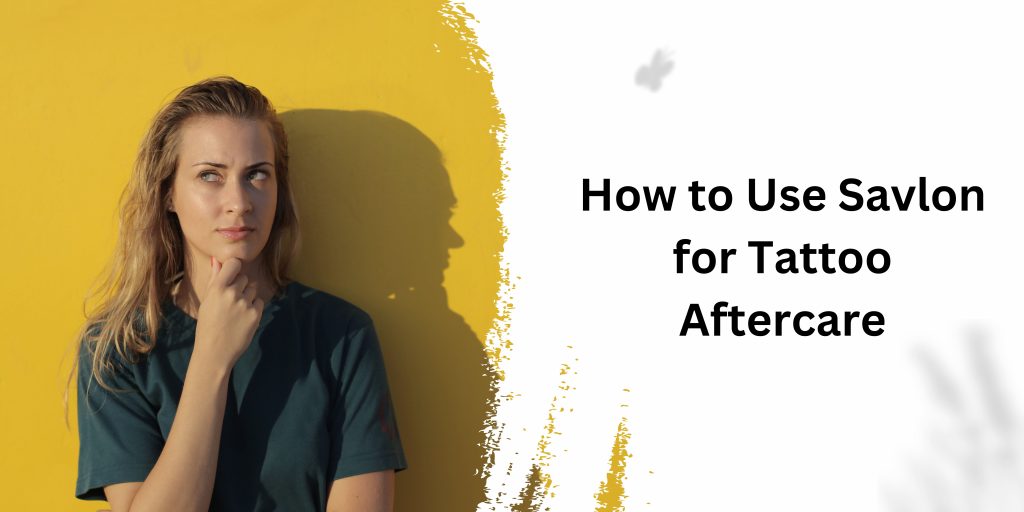
Wait for the Initial Healing:
Before considering the use of Savlon or any other antiseptic product, it is essential to allow the tattoo to complete its initial healing process. This typically involves waiting for the scabbing to fall off and the skin to fully regenerate, which can take around two to three weeks, depending on the individual’s healing process.
Dilute Savlon:
If you decide to use Savlon for tattoo aftercare, it is advisable to dilute it with clean water to reduce its strength. Mixing one part Savlon with three or four parts of water can help create a milder solution that is less likely to irritate the skin.
Gently Clean the Tattooed Area:
Using a clean, soft cloth or cotton pad, gently apply the diluted Savlon solution to the tattooed area. Avoid rubbing the area vigorously to prevent any damage to the healing skin or the tattoo itself. Ensure that the entire area is gently cleansed to remove any dirt, excess ink, or other debris.
Rinse Thoroughly:
After applying the diluted Savlon solution, rinse the tattooed area thoroughly with clean water to remove any residue. Ensure that no traces of the solution are left on the skin, as this can lead to irritation or other complications.
Pat Dry and Moisturize:
Use a clean, soft towel to pat the tattooed area dry gently. Avoid rubbing the area, as it can cause friction and potentially damage the healing skin. Once the area is dry, apply a thin layer of a tattoo-specific moisturizer to keep the skin hydrated and promote proper healing.
Follow Aftercare Instructions:
It’s crucial to continue following the aftercare instructions provided by the tattoo artist. This may include avoiding direct sunlight, wearing loose clothing to prevent irritation, and refraining from scratching or picking at the tattooed area.
The Risks of Using Savlon on Tattoos
Although Savlon is effective in preventing infections on minor wounds, its use on tattoos is not recommended by most tattoo artists and professionals. Several risks are associated with using Savlon on tattoos, which can potentially compromise the healing process and the overall outcome of the tattoo.
Disruption of the Healing Process
Tattoo healing is a delicate and intricate process that involves the formation of a protective layer of skin over the tattooed area. Using antiseptics like Savlon can disrupt this natural healing process by interfering with the body’s ability to form a healthy scab. This interference may lead to complications such as scarring, ink loss, or delayed healing.
Allergic Reactions and Skin Irritation
While Savlon is generally well-tolerated by most people, some individuals may have allergic reactions to its ingredients, especially when applied to larger areas of the skin, such as freshly tattooed skin. Allergic reactions can manifest as redness, itching, or even more severe symptoms like rashes or blisters, which can significantly impede the healing process and cause discomfort.
Is Savlon Good for Fresh Ink?
Using Savlon on fresh ink or newly tattooed skin is a topic of debate among tattoo artists and professionals. While Savlon is known for its effectiveness in preventing infections and promoting wound healing, it is generally not recommended for use on fresh tattoos. Here’s why:
Disruption of the Healing Process:
Applying Savlon or other antiseptic products on fresh ink can potentially disrupt the natural healing process of the tattooed skin. These products may interfere with the formation of a healthy scab, which is crucial for protecting the tattoo as it heals. Disruption of the scabbing process can lead to complications such as scarring, ink loss, and an overall compromised healing outcome.
Skin Irritation and Allergic Reactions:
Some individuals may experience adverse reactions to Savlon, especially when applied to larger areas of the skin, such as freshly tattooed areas. Allergic reactions can manifest as redness, itching, rashes, or even blisters, which can not only cause discomfort but also delay the healing process and affect the overall quality of the tattoo.
Alternative Aftercare Methods for Tattoos
Given the potential risks associated with using Savlon on tattoos, it is crucial to explore alternative aftercare methods that can effectively promote healing without compromising the quality of the tattoo.
Mild, Fragrance-Free Soap and Water
A gentle, fragrance-free soap, combined with lukewarm water, can effectively clean the tattooed area without causing irritation or interfering with the healing process. Using a clean hand or a soft cloth, gently wash the tattooed area, ensuring that all traces of blood, plasma, or excess ink are removed.
Recommended Tattoo Aftercare Products
Tattoo aftercare products specifically formulated for use on freshly tattooed skin are readily available in the market. These products often contain ingredients such as vitamins, minerals, and natural oils that nourish the skin and promote faster healing without causing adverse reactions. It is essential to follow the instructions provided by the manufacturer and consult with the tattoo artist for their recommended products.
Conclusion
While Savlon is known for its efficacy in preventing infections and promoting wound healing, it is not advisable to use it on tattoos due to the potential risks it poses to the healing process and the overall outcome of the tattoo. To ensure proper tattoo aftercare, it is crucial to follow the guidance provided by the tattoo artist and use recommended aftercare products that are specifically designed for use on tattoos. By prioritizing proper aftercare, individuals can preserve the vibrancy and integrity of their tattoos, allowing them to enjoy their body art for years to come.

